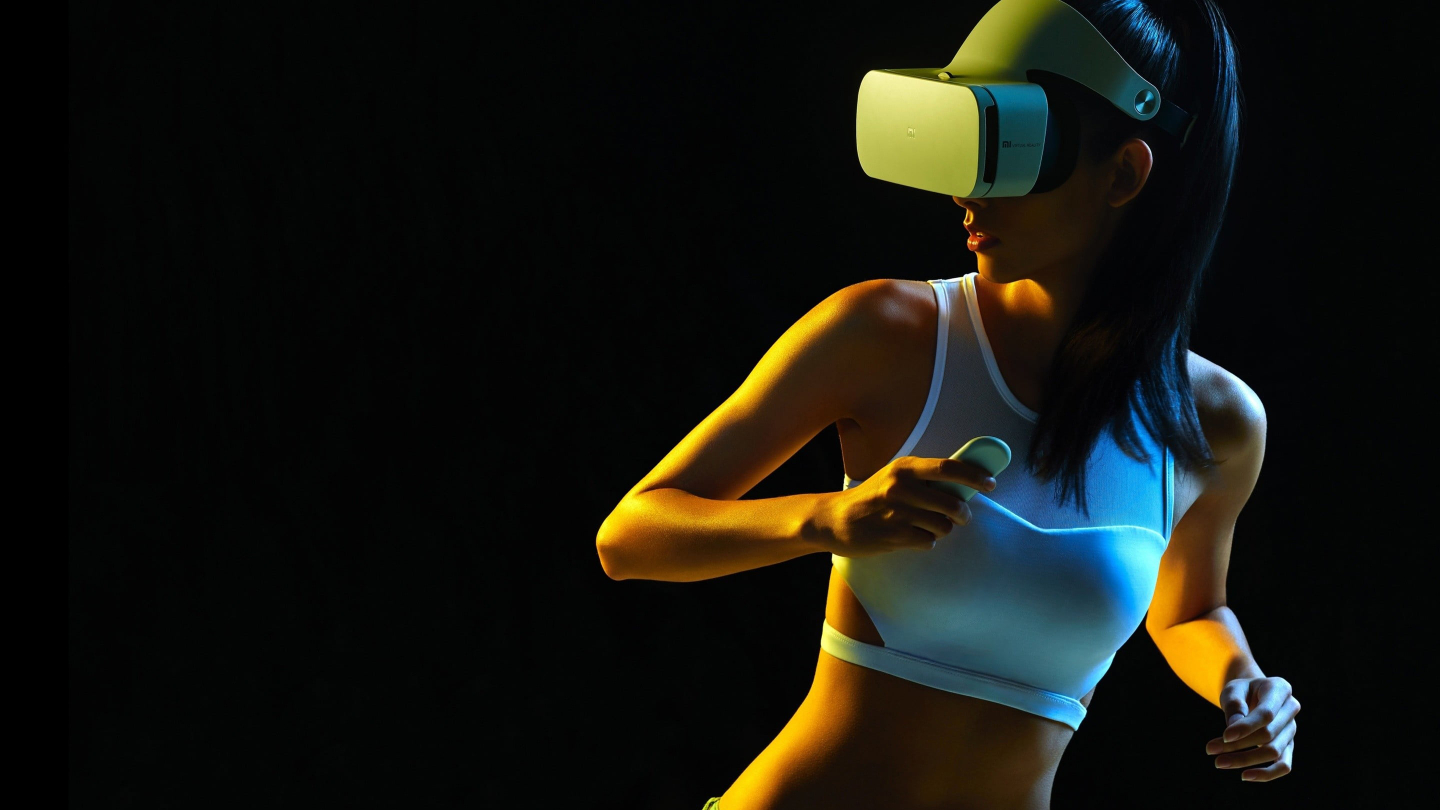VR Gadgets
The Many Benefits of Virtual Reality
Virtual reality’s benefits extend far beyond entertainment, offering transformative experiences and practical applications in education, training, therapy, design, collaboration, and social awareness. As the technology continues to evolve, its positive impact on various aspects of our lives is expected to grow.

VR Gadgets
Future Trends in VR Technology
VR Gadgets
The Future of Virtual Reality and E-Sports
The future of virtual reality and e-sports is a convergence of technology, entertainment, and social interaction. With continuous advancements in VR technology, we can expect increasingly immersive experiences, expanded applications beyond gaming, and a more inclusive and interconnected virtual world. As these industries evolve, they will shape the way we entertain, communicate, and experience digital content, ushering in a new era of interactive and immersive experiences.
-

 iPhone1 year ago
iPhone1 year agoFuture Predictions for the iPhone: Unveiling the Path of Innovation
-

 Apple MacBook1 year ago
Apple MacBook1 year agoThe History of Apple MacBook: A Journey of Innovation and Design Excellence
-

 Uncategorized1 year ago
Uncategorized1 year agoThe Automation Revolution: Job Displacement or New Opportunities?
-

 3D Printers1 year ago
3D Printers1 year agoBenefits of 3D Printing
-

 AI Trends1 year ago
AI Trends1 year agoThe Future of Robotics and AI: A Controversial Perspective
-

 Tech News1 year ago
Tech News1 year agoThe AI Privacy Paradox: Balancing Innovation and Personal Data Protection
-

 3D Printers1 year ago
3D Printers1 year agoThe Future of 3D Printing
-

 BLOG1 year ago
BLOG1 year agombracing the Singularity: Illuminating the Path to a Promising Future



